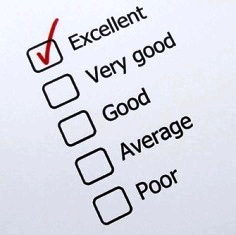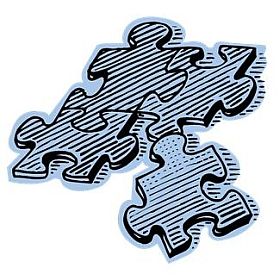The Steps for Managing a Procurement Team (Part 2nd)
 In Part I, two steps of the procurement management process have been listed and described. In Part II, the rest three steps will be outlined.
In Part I, two steps of the procurement management process have been listed and described. In Part II, the rest three steps will be outlined.
Step $3. Motivating and Rewarding the professionals
A number of research and studies are usually conducted to identify the competencies which procurement management professionals require. The theory of managing purchasing teams and groups indicates that the competencies do not vastly differ from those skills and talents required for any other service function; however, they give necessary guidance for employee recruitment purposes and project planning and management.
The PMBOK Guide points at the fact that the rewards of procurement professionals are to be increasingly high, even though it is generally recognized that financial reward and compensation structures, like job satisfaction and promotion, are only components in procurement team motivation. Motivation of staff is not usually considered in procurement divisions, although motivation is generally recognized as being the driving force to improving productivity and professional performance.
Step #4. Managing stresses
The purpose of stress management in any team is to develop and implement a model of reacting to and changing stress responses that individuals within the team can make. Such a model allows staff members to deal with stress and make stress management assessments and prescriptions. Managing stresses in a group is a subsidiary process that includes the following three steps:
- Identifying the stress response that a group’s member can make when interacting with the rest group
- Understanding the role that personality of the group member takes in stress reaction
- Learning and applying techniques for changing the stress response
Stress management in a procurement group includes rather the same steps. Moreover, people participating in procuring activities are increasingly subject to stress because purchasing services and the procurement management process have a higher profile in many companies. Due to increased completion and low inflation, most companies tend to find better places for investing money and to spend less earning more. New rules of national contract management activities, government agreements and competition forced companies to prioritize procuring activities and pay more attention to enhancing purchasing team efficiency by managing stresses.
Step #5. Managing working time
Despite the fact that modern team management software solutions cause low value procurement which has allowed pushing paper away from procurement activities, time management is still an issue. Online supplier management forces procurement professionals to be involved in a wider variety of issues that require proper time management. Such activities as drafting and managing of contracts for purchasing services can be successfully undertaken if every member of a procurement team is familiar with time management techniques and methods and can use them. PM Book guide indicates that recognition and implementation of time management concepts in the procuring services working environment will allow achieving improved productivity of procurement participants and reduced time wasting in managing procurement activities.














